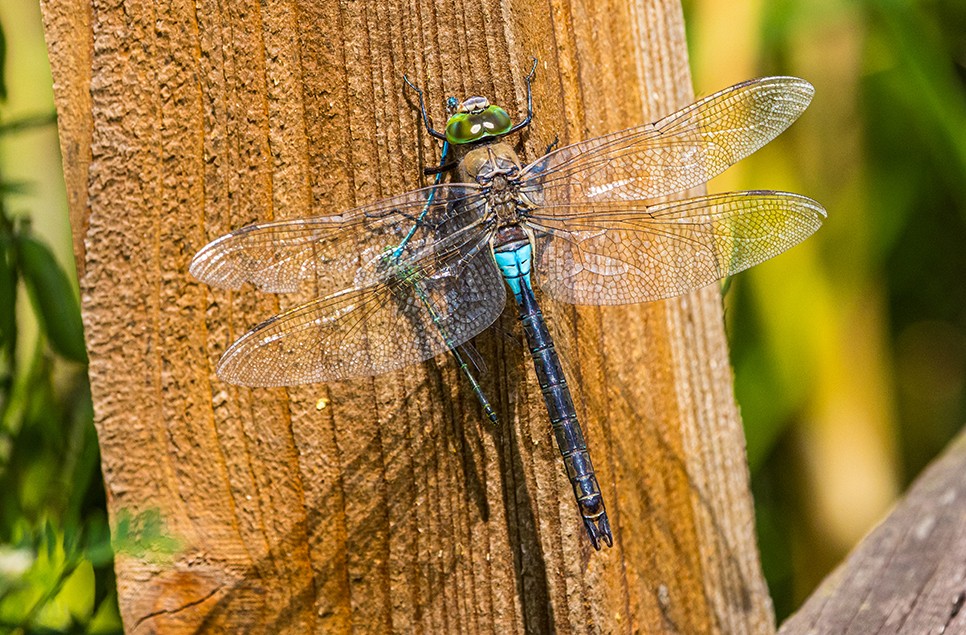Saving Britain’s royal fish
Roadmap published to restore ‘armour-plated’ sturgeon beloved by Royals to British waters.

UK conservationists have launched an ambitious plan to bring the ancient, Critically Endangered native sturgeon back to UK waters – aiming to restore populations of the 5-metre-long, armour-plated fish once so popular that King Edward II declared it ‘royal’.
The action plan was created as part of the work of the UK Sturgeon Alliance, which WWT recently joined alongside scientists and conservationists from ZSL, Blue Marine Foundation, Institute of Fisheries Management, Severn Rivers Trust, and Nature at Work, all working to restore native sturgeons through conservation action and education.
About Sturgeon
Growing up to 5m in length, with long whisker-like barbels and diamond-shaped armoured plates along their backs, sturgeons look like they’ve swum straight out of a paleontologist’s textbook.
These ancient species were once common in UK rivers and along our coastline, and they are so impressive, they were declared “royal fish” by King Edward II back in the 14th Century, meaning all sturgeons landed in the UK have to be offered to the Crown – although nowadays this is just a formality. But 700 years later sturgeons have all but disappeared from our waters, after dam construction in rivers blocking their migration routes and overfishing caused numbers to plummet in the latter half of the 20th century.

Both European and Atlantic sturgeons are fully migratory species – they begin their lives in rivers, before travelling out to sea where they will live for up to about 60 years, only returning to freshwater as adults every few years to reproduce. Protecting the full range of habitats that sturgeons rely on is essential for safeguarding their futures, and by taking urgent action to restore UK sturgeons, other species that live in the our waterways and coastlines will also benefit.
Jonathan Greenslade, Wetland Science Research Officer commented:
“I’m thrilled to be representing WWT in the UK Sturgeon Alliance and to be supporting this exciting and sorely needed conservation effort for our amazing native sturgeon. To me, connectivity is key to our sturgeon restoration efforts. That means building stronger connections between organisations across Europe; better connecting the public to our hidden natural heritage; and crucially, improving essential, functional connections between marine and freshwater wetland habitats for all species, including these migratory giants.”
Hannah McCormick, ZSL’s Conservation Project Officer for Estuaries and Wetlands, commented:
“The decline of sturgeons is a worldwide problem: these ancient fish outlived the dinosaurs and in fact still closely resemble their ancestors, which swam in Earth’s seas and rivers 100 million years ago. But after pushing them to the very brink of extinction, all 26 sturgeon species are under threat of being lost forever – earning them the undesirable title of being the most threatened group of animals of the IUCN Red List. The UK Sturgeon Conservation Strategy and Action Plan offers a solid, evidence-based way forward to restore the species – and a vital chance to save them.”
The UK Sturgeon Conservation Strategy & Action Plan
The new UK Sturgeon Conservation Strategy and Action Plan is a science-based guide developed by experts which outlines the actions required to recover numbers of Atlantic and Critically Endangered European sturgeons in the UK. It follows successful conservation action in France and Germany helping to save European sturgeons from the brink of extinction.
The actions outlined in the report include restoring the key UK coastal, freshwater and estuarine sturgeon habitats that sturgeons use throughout their lives, improving the connectivity of rivers and working with fishers to reduce deaths caused by accidental bycatch of the fish; important measures for providing safe habitats for native sturgeons and other marine life to thrive.
The team are also urging members of the public to report any sightings to the Save the Sturgeon website – information which will help them work with partners to understand how sturgeons are using waters across the UK and Europe.



